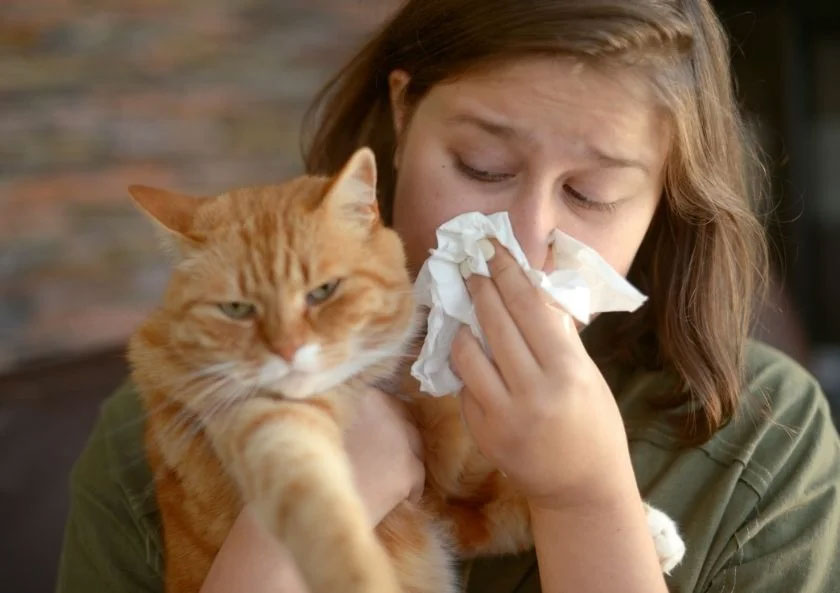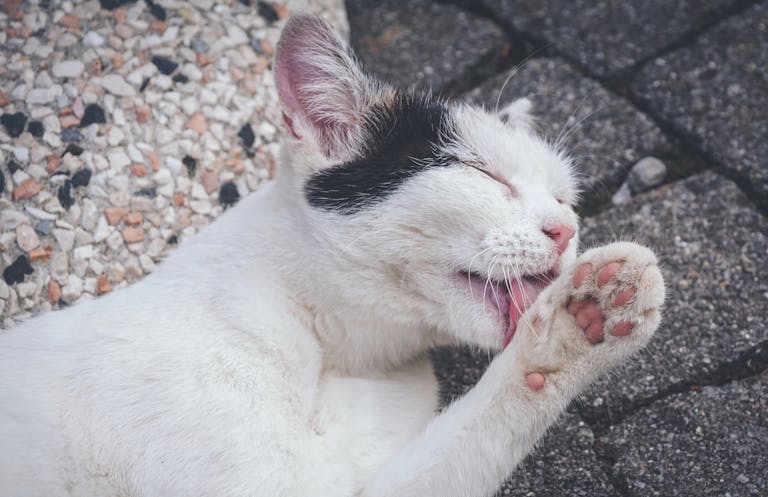How Pet Insurance Can Help with Common Pet Allergies and Their Treatments
Allergies in pets are more common than many pet owners realise, with symptoms like itchy skin and digestive issues, and them potentially causing long-term health challenges. Just like with people, pets can develop allergies to various triggers, including food, pollen, dust, and even certain cleaning products. Managing allergies requires a combination of diagnosis, treatment, and potentially ongoing care all of which can add up financially.
1. Allergy Diagnosis: Getting to the Root of the Issue
The first step in managing pet allergies is accurate diagnosis. Symptoms of pet allergies can mimic other conditions, so it’s essential to identify the true cause before starting treatment. Typical diagnostic methods include:
- Skin and Blood Testing: These tests can identify environmental allergens like pollen, dust mites, and Mould.
- Elimination Diets: For food allergies, vets may recommend feeding the pet a hypoallergenic diet and reintroducing certain foods one by one to find the specific trigger.
2. Treatment Options
Once the allergen is identified, various treatment options can help manage symptoms. Common treatments for allergies include:
- Prescription Medications: Steroids, antihistamines, and immunosuppressants can help control allergic reactions.
- Allergy Shots (Immunotherapy): For pets with environmental allergies, immunotherapy works by gradually desensitising the immune system to specific allergens.
- Topical Treatments and Specialised Shampoos: Soothing shampoos and creams relieve itchiness and prevent secondary skin infections from excessive scratching.
3. Coverage for Specialised Allergy Diets
Food allergies are among the most challenging to manage, often requiring a prescription or limited-ingredient diet. While pet insurance doesn’t typically cover standard pet food, some comprehensive policies may cover prescribed diets if they’re deemed necessary by a vet as part of allergy management. This feature helps pet owners avoid trial-and-error food purchases, saving both time and money while ensuring pets receive a nutritionally balanced diet.
4. Preventive and Alternative Care Options
Alternative and preventive care can complement allergy treatments, helping pets build resilience and manage symptoms more comfortably.
- Acupuncture: This treatment can relieve discomfort and strengthen the immune system.
- Herbal and Nutritional Supplements: Certain supplements may reduce inflammation or strengthen their immune system, aiding in allergy management.
5. Follow-Ups
Ongoing care is essential to monitor a pet’s allergies, track treatment effectiveness, and make necessary adjustments. Follow-up visits can add up financially, but many insurance policies cover routine vet visits, allowing for consistent monitoring without added financial pressure. Here at Muddy Paws, we cover up to £6000* per policy year in vet’s fees related to new illnesses and injuries to help keep your pet’s tail wagging.
*Depending on which tier policy you take out.
Final Thoughts
Pet allergies can require a lifetime of care and treatment, which can add up financially over time. Pet insurance provides valuable support, covering diagnostic tests, treatment, and even preventive care to keep pets healthy and comfortable. By choosing a pet insurance plan that caters to allergy management, you’re helping your pet stay comfortable, safe, and happy for years to come.








